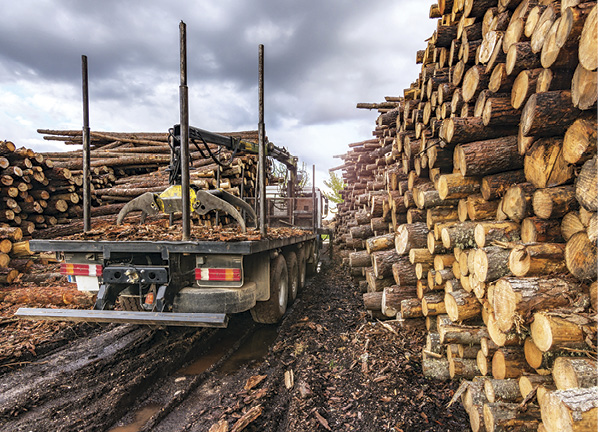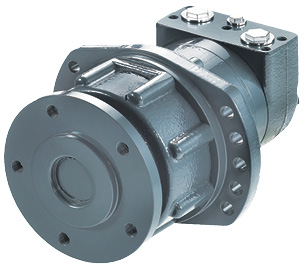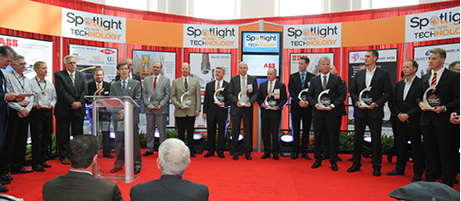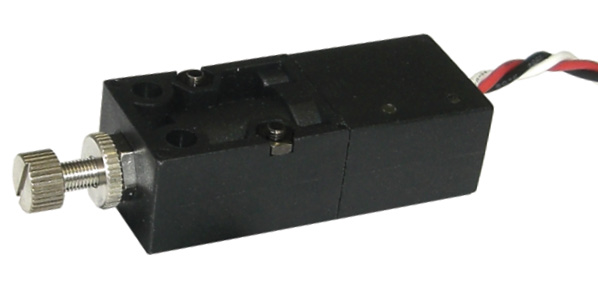Built to Last: Forestry Demands Further Product Development
By Iiro Lindberg, Sales Director EMEA, Business Unit Motor, Danfoss Power Solutions

Off-highway applications are notoriously rugged and demanding. Solutions designed for construction sites, mining, farming, and more must be up to the unique challenges of operating in dusty, unforgiving climates while handling harsh materials. But how can manufacturers and OEMs trust that their fluid power systems are built to withstand the pressure?
Enter the forestry market. Machines designed for forestry applications endure increased pressures, high flows, long duty-cycles and little downtime. However, while the conditions for forestry equipment are particularly harsh, they provide an ideal environment for designing and refining truly durable fluid power solutions.
40 years of small, consistent improvements
Looking at the Nordic, or cut-to-length (CTL), method in forestry, there are specific conditions that contribute toward developing more reliable solutions. The CTL forestry method cuts harvested trees at the stump to specific lengths in the forest before being transported to the mill. While this is a preferred method in regards to decreasing forest damage and improving operator safety, it does require more advanced equipment.
The machine cracks the tree with a head attached to a crane, which is then cut at one end and run through the harvester head to remove branches and leaves. Then, the tree is carefully positioned and cut at the other end to create the initial log.

These hydraulically-driven harvester heads were first introduced around 40 years ago. But within that relatively short time frame, significant advancements have been made to orbital motors that vastly improve their lifetime efficiency and durability.
Unique in requirements, conditions and frequency
This harvester head, in particular, is what makes this application so unique. While it requires high speeds to move the wood through the head, it also simultaneously requires high pressures. This leads to high forces reacting on the motor due to log irregularities. And to get the most accurate cut on the log, the positioning needs to be very exact. This may require the motors to push and pull the wood through the head to find the right measurement, creating reversing loads on the motor.
Furthermore, forestry equipment undergoes long duty-cycles. They are typically run 24/7 through multiple operator shifts, increasing the importance of uptime and reliability. Plus, the harvesting season in forestry is much longer than a typical agriculture harvesting season. Both of these factors contribute toward longer operating hours and additional wear and tear on the equipment.
However, these harsh requirements also make it easier to gather valuable performance data. It becomes easier to predict which components wear down first and why, enabling further design improvements.
Forestry equipment operates within working conditions that aren’t usually found in other applications. While the same kind of components can be found anywhere from a small lawn mower to a large beet harvester, you won’t get the same data or feedback on how they perform as you do from those in forestry equipment.
Advancements at work
 Insights gained from putting products through the ringer by way of forestry equipment has led to important innovations.
Insights gained from putting products through the ringer by way of forestry equipment has led to important innovations.
For example, we were able to design stronger shafts after learning how acceleration factored into how fast components would wear down. We also implemented special surface treatments and other methods to increase the endurance of drivetrains and gear sets. In fact, some of these methods were developed specifically to meet the needs of forestry applications.
Over the years, we’ve also reduced pressure drop through advanced modeling capabilities. This reduces overall fuel consumption and pressure loss, greatly increasing the machine’s efficiency.
High-stress environment, high reward
With today’s technology, any manufacturer can build a respectable orbital motor. However, the trick is to ensure that it can last under harsh conditions and keep the high efficiency over the life cycle. The differences become apparent — and more important — after 1,000 or 2,000 operating hours for hydraulic motors. And the only way to meet these demands is to subject components to the highest possible stress on the market.
Because of forestry’s role in the development of fluid power systems, the industry has been able to create the most reliable, durable and efficient systems available — regardless of market. For example, nearly every part of our orbital motor portfolio has been improved because of the forestry market.
Forestry applications in particular enable the industry to make small, but significant, adjustments year after year. It’s enabled the creation of more efficient systems that help the world do more with less, pushing boundaries and increasing the value of these systems.
After all, increased pressure turns even coal into diamonds. The same can be said for advancements in fluid power.






